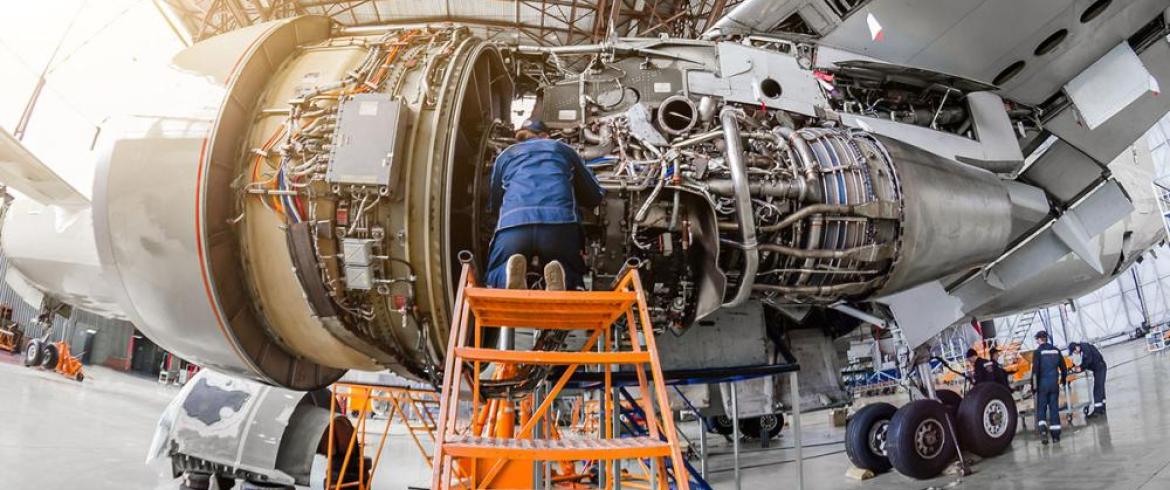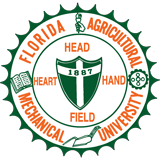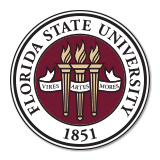
What is the difference between an aerospace engineer and an aerodynamics engineer?
There is almost no difference between an aerospace engineer and an aerodynamics engineer. In fact, most professionals in these closely-related industries are actually mechanical engineers. To be successful, aerospace engineers working as aerodynamics engineers or aerodynamicists need to understand mechanical engineering, avionics, manufacturing and materials design principles. Virtually all of this is covered in an undergraduate mechanical engineering degree program. In addition, many of the companies in the aviation industry are also already working in or moving into the aerospace industry.
What is the difference between mechanical engineering, aerospace engineering and astronautical engineering?
Aerospace engineering and aeronautical engineering are subsets of the field of mechanical engineering. With a solid foundation in the principles of mechanical engineering, you can easily qualify for a graduate program in aerospace engineering or astronautical engineering. There are relatively few pure aerospace or astronautical engineers working in the field today, but that number is growing. Most of the very successful engineers working in the aerospace (aviation) and aeronautical (space) industries hold a bachelor’s in mechanical engineering.
Should I study aerospace or mechanical engineering?
At the undergraduate level, most colleges offer a bachelor’s in mechanical engineering. If you are interested in aerospace or aeronautical engineering, you can study mechanical engineering as an undergraduate and get a graduate aerospace or aerodynamics certificate to help bridge the way to an industry career. Most of the engineers working in the aviation and space industries—and in aerospace overall—have a bachelor’s degree in mechanical engineering.
What certifications do you need to be an aerospace engineer?
You need a B.S. in aerospace engineering or a closely related field to be an aerospace engineer. Mechanical engineering is one of these closely-related fields and many aerospace engineers have an undergraduate degree in mechanical engineering. To work in the field, you may be required to have professional licenses depending on the job/employer.
What is an aerodynamics certificate?
An Aerospace Engineering - Aerodynamics Certificate is often an entryway towards a full graduate degree in aerospace engineering or aeronautical engineering. A certificate also caters to individuals who are already in the workforce and require additional training to adapt to changes in their job requirements or are seeking to attain knowledge while in their jobs.
Do you need to be certified to be an aerospace engineer?
You do need a B.S. in aerospace engineering or a closely related field, such as mechanical engineering, to be an aerospace engineer. Any further certifications will depend on the employer. A certificate in Aerospace Engineering - Aerodynamics is a non-degree program rather than a certification, such as a P.E. or other professional license.
Which diploma is best for aerospace engineering?
There are no diplomas for aerospace engineering. If an individual has an AA degree, they will still need to do the necessary course work to complete a B.S. in aerospace engineering or a closely-related field, such as mechanical engineering. Many of our mechanical engineering alumni work in aerospace or aeronautical engineering, including SpaceX, NASA, Boeing, Lockheed Martin, and others in the industry. At the FAMU-FSU College of Engineering, aeronautics/aerospace track is one of the tracks in mechanical engineering. Our graduate Aerospace engineering - Aerodynamics Certificate is a great way to launch a career in aerospace or aeronautical engineering.
What can you do with a certificate in aerospace engineering?
A certificate in aerospace engineering - aerodynamics can be used as a gateway to a full graduate degree. A certificate also caters to individuals who are already in the workforce and require additional training to adapt to changes in their job requirements or are seeking to attain knowledge while in their jobs.


